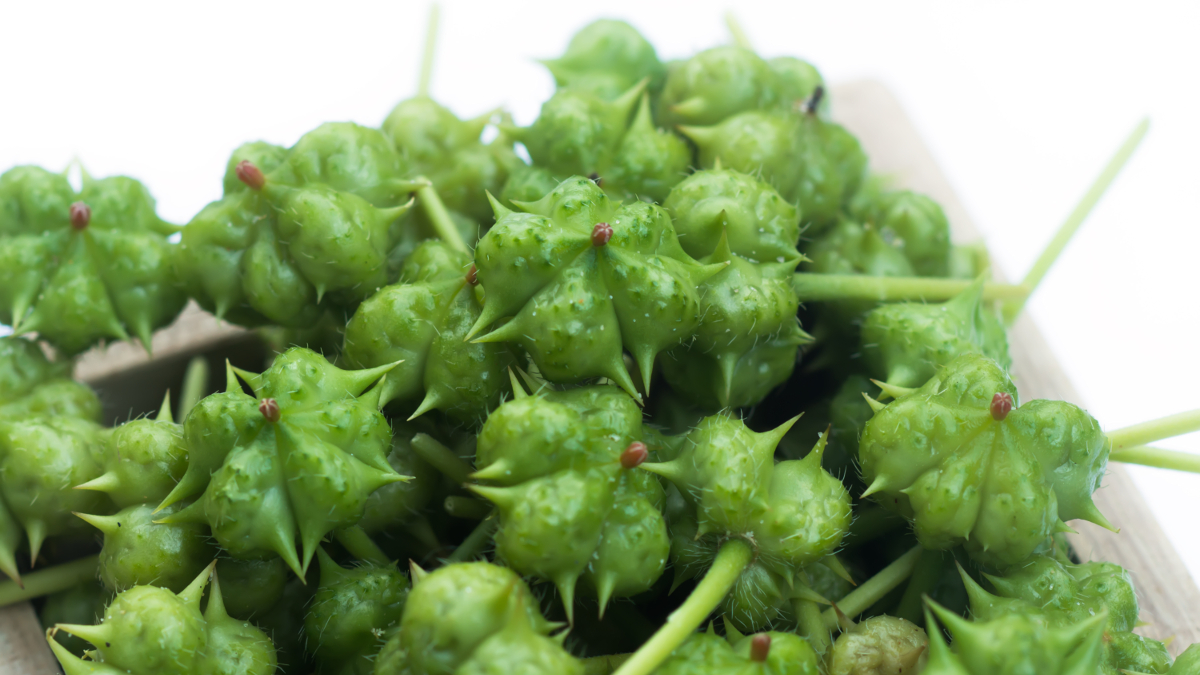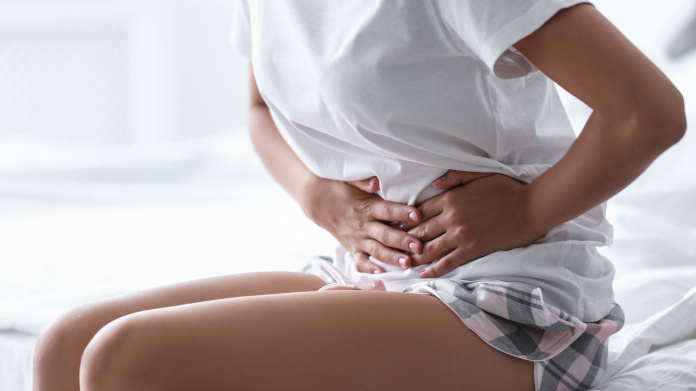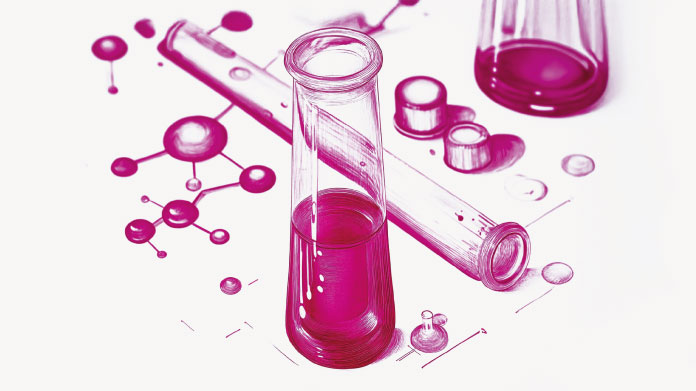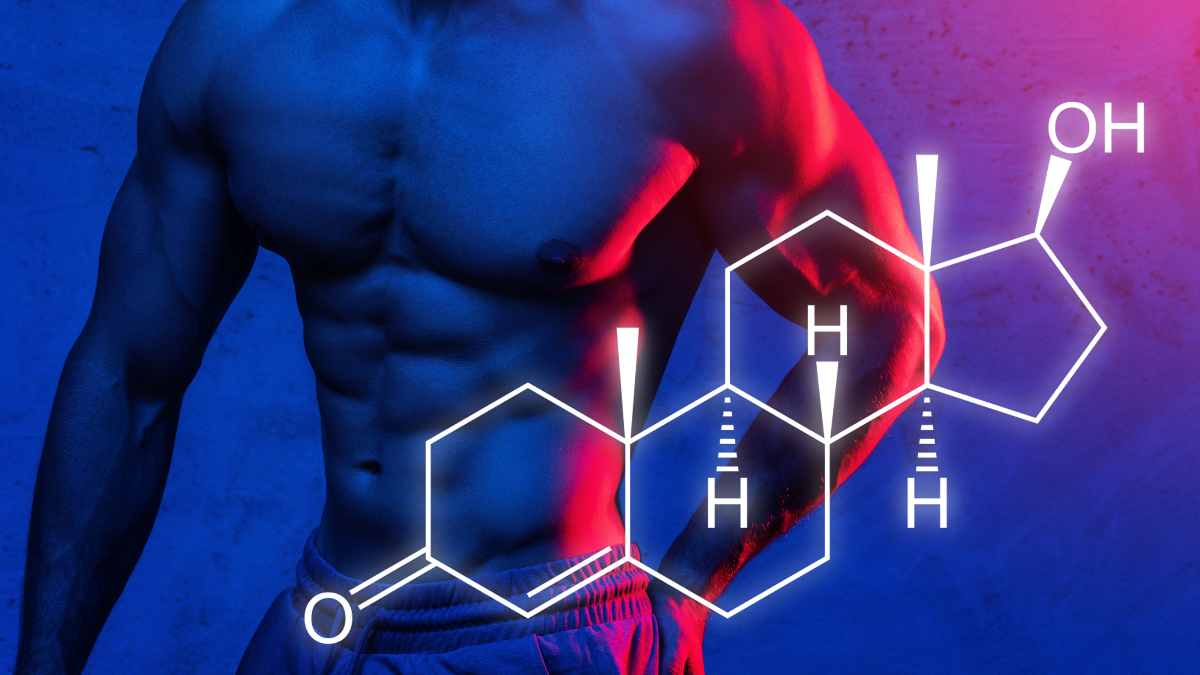
Tribulus terrestris: its benefits for your sex life, composition, dosage
Used for thousands of years, Tribulus terrestris is very popular for helping to keep things fun in the bedroom. Spotlight on this unique plant.
Tribulus terrestris, also known as Maltese Cross
Tribulus terrestris is a rampant plant native to the world’s tropical regions but which thrives in dry soil and maritime conditions. It grows to a maximum height of 50cm and produces subtle yellow flowers, often obscured by the long leaves that grow all along its stems (1).
But it is above all the plant’s fruit which has been used for thousands of years in Ayurveda (2) and to which it owes its reputation as an ‘all-purpose plant’. Capable of puncturing a bicycle tyre, the fruit’s distinctive sharp and very tough thorns are in the shape of a Maltese Cross, hence the plant’s alternative name (3).
Composition and active ingredients of tribulus terrestris
Tribulus terrestris has for some years been attracting the interest of medical researchers and phytotherapists, giving rise to numerous studies aimed at pinpointing its active ingredients. Scientists have thus succeeded in identifying some large groups of beneficial molecules in the plant:
- steroidal saponins, including tribulosin and protodioscin, chemically similar to DHEA (4) ;
- beta-sitosterol-D-glucoside, a promising phytosterol (5) ;
- oligosaccharides ;
- and numerous other compounds.
However, these studies have also revealed a wide variation in the contentTribulus terrestris is grown.
The plant’s benefits for sexual function and health
The benefits of Maltese Cross are primarily due to its steroidal saponins particularly tribulosin and protodioscin. These compounds enable Tribulus terrestris to support the health of the:
- sex organs as well as normal hormone activity (6-8) ;
- skin and mouth (9) ;
- immune system (10) ;
- cardiovascular system (11) ;
- nervous system(12).
Tribulus terrestris is thus widely consumed in the form of dietary supplements designed to support sexual function in both men and women. In addition to this sexuality aspect, tribulus is also popular with many sportspeople who use the plant’s benefits to support their performance.
Dosage: how much Tribulus terrestris should you take?
The traditional dosage for Tribulus terrestris in Ayurveda and in all the traditional systems of medicine in which it is used is largely empirical and varies from one region to another (13). This is probably because of the wide disparity in the plant’s steroidal saponin content.
With high-quality extracts standardised to 40% saponins, as is the case for our supplement Tribulus terrestris, the recommended dose is 1500mg a day, but you can, of course, ask your therapist for advice on the right dose for your particular needs. We should point out that at the doses generally recommended, Tribulus terrestris has not resulted in any adverse side-effects (14).
Some natural substances to take alongside Tribulus terrestris
Tribulus terrestris can be combined with various natural compounds:
- the plant Avena sativa, which supports urogenital health and helps to revitalise the body;
- catuaba bark, a small, vigorous tree from northern Brazil;
- epimedium, a plant often used in traditional Chinese medicine;
- and extract of Muira puama, a tree with a grey-coloured trunk sometimes referred to as ‘Potency Wood’
These various ingredients can be found, amongst others, in synergistic formulations (such as the well-known supplement for men Prosexual Formula Man).
References
- YANALA, Suresh Reddy, SATHYANARAYANA, D., et KANNAN, K. A Recent Phytochemical Review-Fruits of Tribulus terrestris Linn. Journal of Pharmaceutical Sciences and Research, 2016, vol. 8, no 3, p. 132.
- WILLIAMSON, Elizabeth M. Major herbs of Ayurveda. Churchill Livingstone, 2002.
- REGE, Nirmala N., THATTE, Urmila M., et DAHANUKAR, Sharadini A. Adaptogenic properties of six rasayana herbs used in Ayurvedic medicine. Phytotherapy Research: An International Journal Devoted to Pharmacological and Toxicological Evaluation of Natural Product Derivatives, 1999, vol. 13, no 4, p. 275-291.
- YAN, Wang, OHTANI, Kazuhiro, KASAI, Ryoji, et al. Steroidal saponins from fruits of Tribulus terrestris. Phytochemistry, 1996, vol. 42, no 5, p. 1417-1422.
- DEEPAK, M., DIPANKAR, G., PRASHANTH, D., et al. Tribulosin and β-sitosterol-D-glucoside, the anthelmintic principles of Tribulus terrestris. Phytomedicine, 2002, vol. 9, no 8, p. 753-756.
- NASUTION, A. W. Effect of Tribulus terrestris treatment on impotence and libido disorders. Andalas University, School of Medicine, 1993.
- GAUTHAMAN, K., ADAIKAN, P. G., et PRASAD, R. N. V. Aphrodisiac properties of Tribulus Terrestris extract (Protodioscin) in normal and castrated rats. Life sciences, 2002, vol. 71, no 12, p. 1385-1396.
- SANTOS JR, C. A., REIS, L. O., DESTRO-SAADE, R., et al. Tribulus terrestris versus placebo in the treatment of erectile dysfunction: a prospective, randomized, double-blind study. Actas Urológicas Españolas (English Edition), 2014, vol. 38, no 4, p. 244-248.
- KANG, Seok Yong, JUNG, Hyo Won, NAM, Joo Hyun, et al. Effects of the fruit extract of Tribulus terrestris on skin inflammation in mice with oxazolone-induced atopic dermatitis through regulation of calcium channels, Orai-1 and TRPV3, and mast cell activation. Evidence-Based Complementary and Alternative Medicine, 2017, vol. 2017.
- YAZDI, Faramarz Fekri, GHALAMKARI, Gholamreza, TOGHYANI, Majid, et al. Efficiency of Tribulus terrestris L. as an antibiotic growth promoter substitute on performance and immune responses in broiler chicks. Asian Pacific Journal of Tropical Disease, 2014, vol. 4, p. S1014-S1018.
- WANG, B., MA, L., et LIU, T. 406 cases of angina pectoris in coronary heart disease treated with saponin of Tribulus terrestris. Zhong xi yi jie he za zhi= Chinese Journal of Modern Developments in Traditional Medicine, 1990, vol. 10, no 2, p. 85-7, 68.
- Gautam M, Ramanathan M. Saponins of Tribulus terrestris attenuated neuropathic pain induced with vincristine through central and peripheral mechanism. Inflammopharmacology. 2019 Aug;27(4):761-772. doi: 10.1007/s10787-018-0502-0. Epub 2018 Jun 25. PMID: 29938333.
- AL-ALI, Muneer, WAHBI, Salman, TWAIJ, Husni, et al. Tribulus terrestris: preliminary study of its diuretic and contractile effects and comparison with Zea mays. Journal of Ethnopharmacology, 2003, vol. 85, no 2-3, p. 257-260.
- ZOVKO KONCIC, Marijana et TOMCZYK, Michal. New insights into dietary supplements used in sport: active substances, pharmacological and side effects. Current drug targets, 2013, vol. 14, no 9, p. 1079-1092.
Keywords
2 Days
Great
The efficient delivery.
CLA VOETS
9 Days
Great service
Great service items dispatched straight away and arrived on time
M***** G***
12 Days
A good webshop for supplements
A good webshop for supplements, it has a large selection of them and considering the quality, the pricing offers good value for money. The ordering process is easy and the products are sent straight away.
Maurice
14 Days
Great quality
Products are of great quality and fast delivered.
Fred Laan
15 Days
SuperSmart destaca por la calidad de…
SuperSmart destaca por la calidad de sus productos.
GONZALEZ PALACIN Luis
16 Days
snelle levering,perfect product.
snelle levering,perfect product.
robert
16 Days
Been a customer for over 15 years and…
Been a customer for over 15 years and find their products along with the service excellent. I recommend Super Smart to all my friends.
Del Chandler
17 Days
Excellent product and service
The product was excellent and so were the delivery and the service
F. Ferlitz
19 Days
Never an issue ordering
Never an issue ordering. Simple and to the point. And product always comes the following day. Quality is great too!
Andrea
20 Days
Excellente service & products with rare…
Excellente service & products with rare revelation supplements I love ❤️
Giovanna Escalera
21 Days
Fast shipping
Fast shipping, products as ordered!
Coindozer
21 Days
The item arrived on time and is what…
The item arrived on time and is what was stated in the order.
HARDY Chris
24 Days
Very good products
Very good products. Very reliable. Quick delivery.
MIFSUD Joseph
28 Days
Fast shipping
Fast shipping, good products (just shipping costs to my country are extremely high).
Tanja Matko
29 Days
Many thanks.
Many thanks.
Alan



